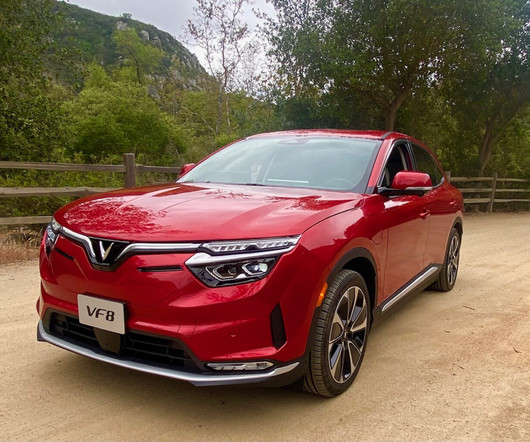EPA Trends on EVs and PHEVs; beginning of a “measurable and meaningful impact” on new vehicle fuel economy and emissions
Green Car Congress
OCTOBER 11, 2014
EPA Trends report. The EPA report is an authoritative reference for CO 2 emissions, fuel economy, and powertrain technology trends for new personal vehicles in the United States. In the analysis, EPA uses overall fuel economy in mpg equivalent (mpge) and tailpipe CO 2 emission values. —EPA 2014 Trends report.

















Let's personalize your content